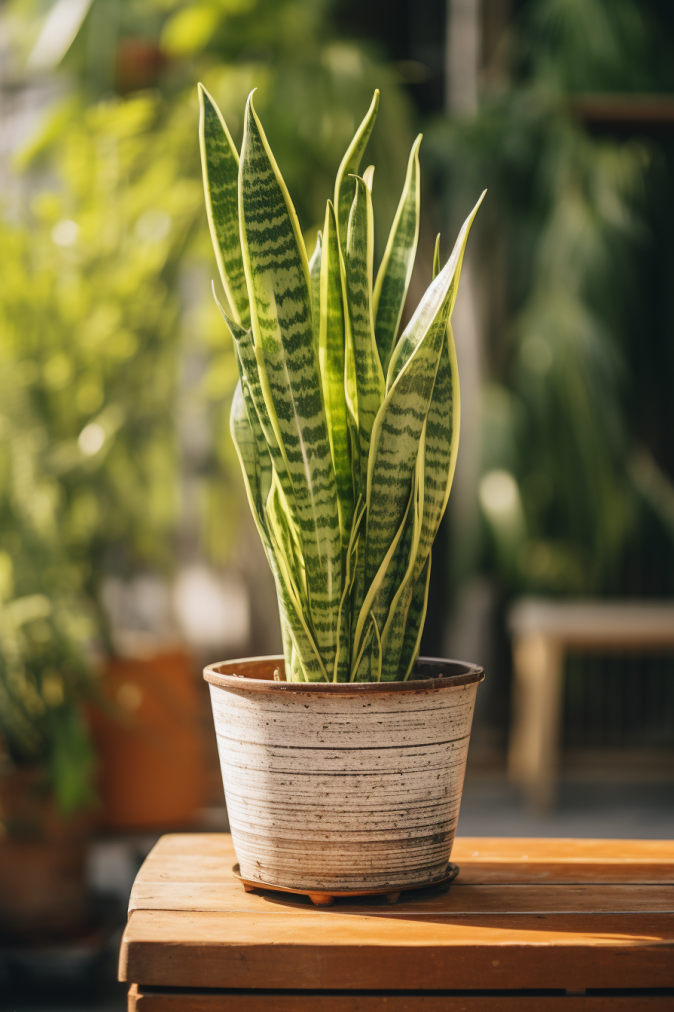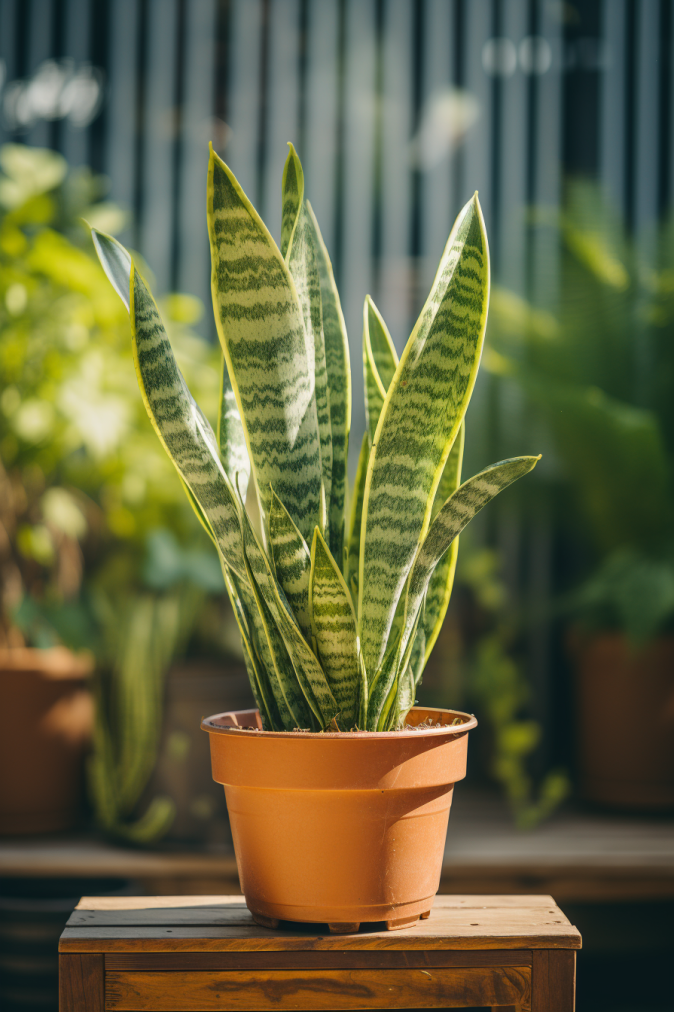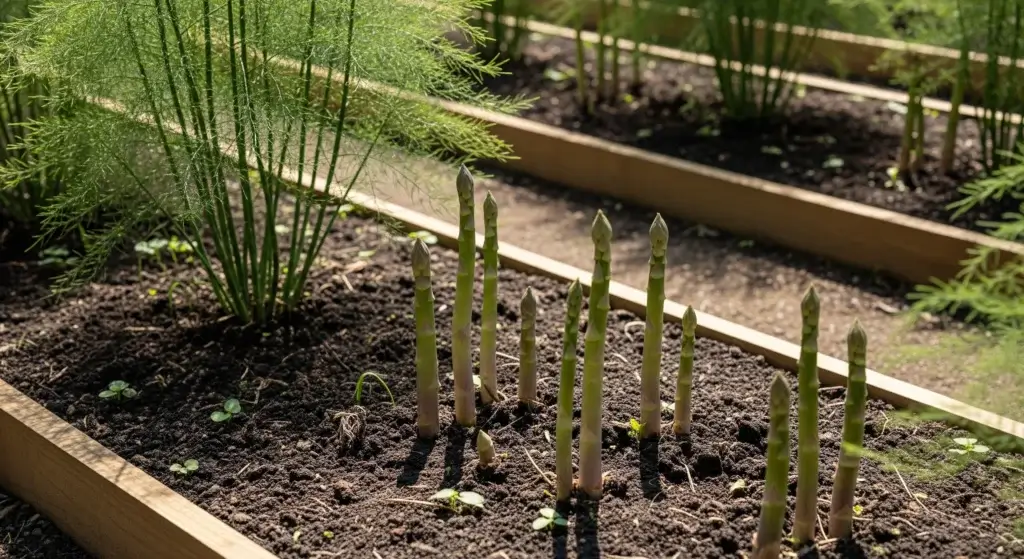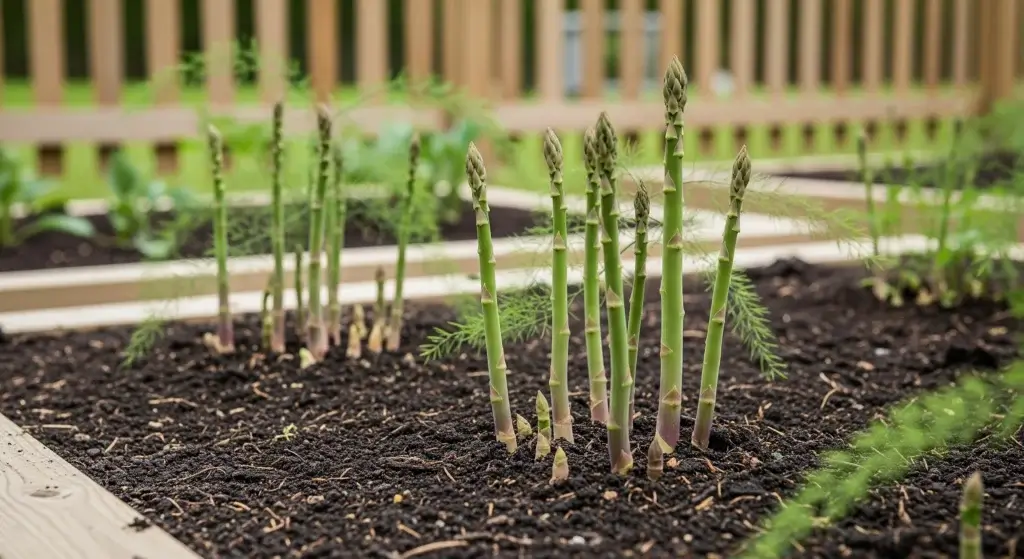
Snake plants, also known as Sansevieria, are popular indoor plants known for their hardiness and air-purifying qualities.
While they are commonly grown indoors, snake plants can also thrive outdoors when provided with the right conditions and care.
In this comprehensive guide, we will explore the best practices for caring for snake plants outdoors, common problems that may arise, and the benefits of growing these versatile plants in an outdoor setting.
Common Problems with Snake Plants Outdoors
When grown outdoors, snake plants may face several common problems that can affect their health and growth.
Here are some of the most common issues that snake plants may encounter when grown outdoors:
- Read also: Snake Plant Care Indoor for Thriving Bliss
- Read also: How to Propagate Snake Plants in Water
Overwatering
Overwatering is a prevalent issue that can spell trouble for snake plants, leading to root rot, mushy leaves, and even plant demise.
These resilient plants actually prefer being underwatered rather than overwatered.
It’s crucial to allow the soil to fully dry out between watering sessions to prevent waterlogged conditions.
Sunburn
While snake plants are versatile in their lighting preferences, they thrive best in indirect, dappled sunlight when grown outdoors.
Direct sunlight exposure can result in sunburn, characterized by unsightly brown spots on the leaves.
Shielding the plants from intense sunlight ensures their optimal health and appearance.
Cold temperatures
Hailing from tropical climates, snake plants are sensitive to cold temperatures.
During chilly weather, it’s essential to protect them from frost and harsh winds, particularly in the winter months.
In regions with mild winters, consider bringing snake plants indoors to shield them from the cold and promote continued growth.
Pot-bound roots
Over time, snake plants can outgrow their pots, leading to pot-bound roots.
This condition restricts their growth and can adversely affect their health.
To stimulate robust growth, it’s advisable to repot snake plants every three to five years.
This practice allows for ample space for root expansion and encourages healthier foliage.
Lack of nutrients
A deficiency of the soil’s nutrients can inhibit growth in snake plants.
When a plant in a container consumes all the soil nutrients, the barren soil can’t provide the necessary nutrients for the plant’s growth.
It’s important to fertilize snake plants occasionally to ensure they receive the nutrients they need.

How to Care for Snake Plants Outdoors
When transitioning your snake plant to an outdoor environment, it’s crucial to follow a few key steps to ensure its health and vitality.
Here are some essential tips for caring for snake plants outdoors:
Transition gradually
Ease your snake plant into its new outdoor environment by employing a gradual transition.
This involves moving it to a sheltered spot, protecting it from direct sunlight, strong winds, and rain.
Known as hardening off, this process helps the plant acclimate to outdoor conditions without experiencing shock.
Monitor watering
Unlike their indoor counterparts, outdoor snake plants may require more frequent watering as the soil tends to dry out faster.
Regularly assess the soil’s moisture level and water thoroughly when it is completely dry to the touch.
Adequate hydration is essential for the plant’s well-being.
Avoid overwatering
Guard against overwatering, a common issue that can lead to root rot and other complications in snake plants.
It’s crucial to allow the soil to dry out between watering sessions, particularly during the winter months.
Preventing waterlogged conditions is key to maintaining the plant’s health.
Provide indirect sunlight
While snake plants are adaptable to various lighting conditions, outdoor specimens benefit from indirect, dappled sunlight.
This ensures the plant receives the light it needs without being exposed to harsh direct sun, minimizing the risk of sunburn and maintaining optimal foliage health.
Protect from cold temperatures
Snake plants, native to tropical climates, are sensitive to cold temperatures.
Shield them from chilly winds and frost by providing protection in colder weather.
In regions with mild winters, consider bringing snake plants indoors for overwintering to safeguard them from potential damage caused by exposure to cold conditions.

Benefits of Outdoor Snake Plants
Growing snake plants in an outdoor setting presents numerous advantages, primarily stemming from their resilience in bright light and warm temperatures.
When provided with optimal conditions, these plants can significantly enhance outdoor potted arrangements, making them an exceptional choice for gardeners aiming to craft visually captivating and effortlessly maintained outdoor spaces.
Thriving in bright light
Snake plants exhibit a remarkable ability to thrive in bright natural light, making them well-suited for outdoor environments.
Their resilience in the presence of ample sunlight contributes to their overall health and vibrancy.
Adaptation to warm temperatures
Outdoor settings often come with warm temperatures, and snake plants are adept at adapting to these conditions.
Their ability to flourish in higher temperatures ensures their continued growth and well-being in various outdoor climates.
Height and visual appeal
Snake plants have the potential to add both height and visual interest to outdoor potted plantings.
Their upright and architectural growth patterns make them stand out in arrangements, contributing to the overall aesthetic appeal of garden spaces.
Excellent for low-maintenance gardens
Ideal for gardeners seeking low-maintenance options, snake plants require minimal care while providing maximum visual impact.
This makes them a valuable addition to outdoor spaces where simplicity and beauty coexist seamlessly.
- Read also: Why Your Snake Plant Leaves Are Curling
- Read also: Decoding Snake Plant Light Requirements

Conclusion
Creating a thriving outdoor environment for snake plants is achievable with proper care and attention.
By adhering to outdoor snake plant care guidelines and staying vigilant about potential issues, you can revel in the beauty and benefits that these versatile plants bring to your outdoor spaces.
Unlock the full potential of your snake plants by providing them with the care and conditions they need to flourish in the great outdoors.
FAQs
With proper care and attention to their specific needs, snake plants can thrive outdoors, adding height and interest to outdoor potted plantings.
While snake plants can be grown directly in the ground, using a pot or planter provides more control over the plant’s environment and makes it easier to protect the plant from overwatering and other potential issues.
Snake plants are sensitive to cold winds and should be shielded from chilly temperatures. It’s best to provide them with as much protection from cold winds as possible to ensure their well-being when grown outdoors.



